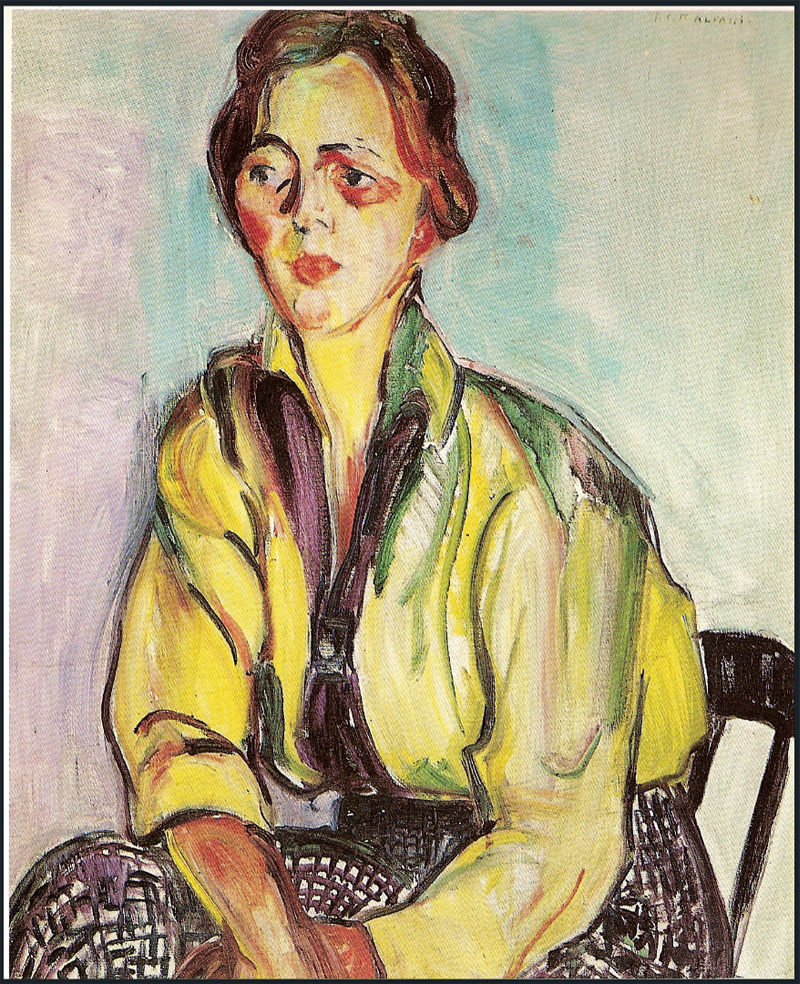
Influences
Anita Malfatti was a precursor of modern art in Brazil at the end of the 1910s and a few years later she would be part of the most important event that “officially” introduced modernism to the Brazilian society: “A Semana de Arte Moderna de 1922” (The 1922 week of modern art).
Malfatti studied in Germany (1910-1914) where she first had contact with new art techniques and was immersed in the effervescent art scene of German expressionism.
She got to visit exhibitions where she saw the French impressionists, expressionists and cubist artists, which had a profound influence on her painting.
She produced many works with vivid colours and strong brushstrokes recognizable from this period of German art.
1.”Mario de Andrade I”, 1921-22; 2.”O japonês (The japanese man), 1915-16; 3.”O Homem amarelo (Yellow Man)”, 1915-16 / Images @WikiArt – Public Domain
The “Semana de 1922”
After a brief period studying in New York, Malfatti returns to Sao Paulo and put up an exhibition in 1917, that received mixed reactions: some admired the freshness of her work and some categorized it as merely following momentary European trends.
She went on to form along with other artists (painters and writers) the “Grupo dos Cinco” (Group of Five) that were producing works pushing the arts towards modernism. In 1922 they organized “A Semana de Arte Moderna de 1922” (The 1922 week of modern art) in Sao Paulo at the city’s most important theatre. Anita was the painter with a higher number of paintings showed.
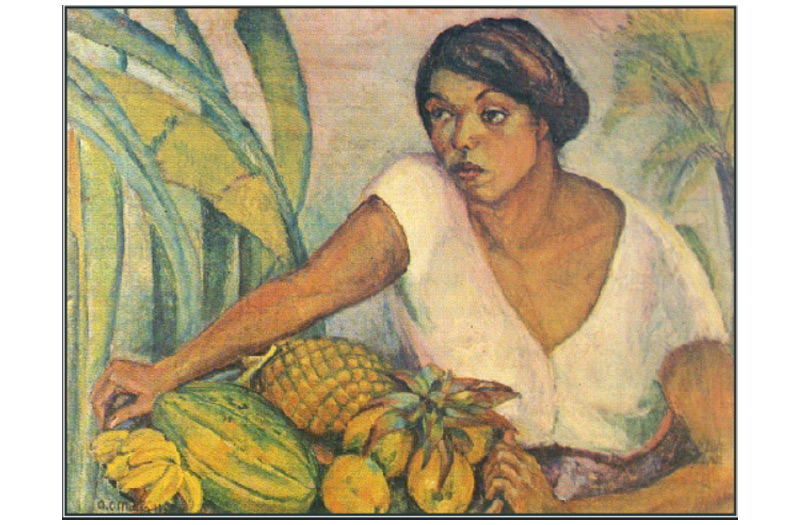
Serching for the “Brazilian identity”
The “Semana de 1922” (Week of 1922) is a cultural milestone in Brazil and is considered the beginning of modernism in the country.
Malfatti and the Brazilian modernists were initially heavily influenced by the European movements, but later on, they started to search for a national identity, using references from native cultures and local landscapes, a shift that is also present in other Latin American modern movements.
Although Anita’s modernist period is considered the most important and relevant in her career, she never stopped painting and throughout the following decades, she got closer to realism and art naif, with many countryside scenes and its people represented in the paintings.
Her influence on the Brazilian art scene is vast but only after she died in 1964, the importance of her work started to be acknowledged and celebrated at the biggest museums.
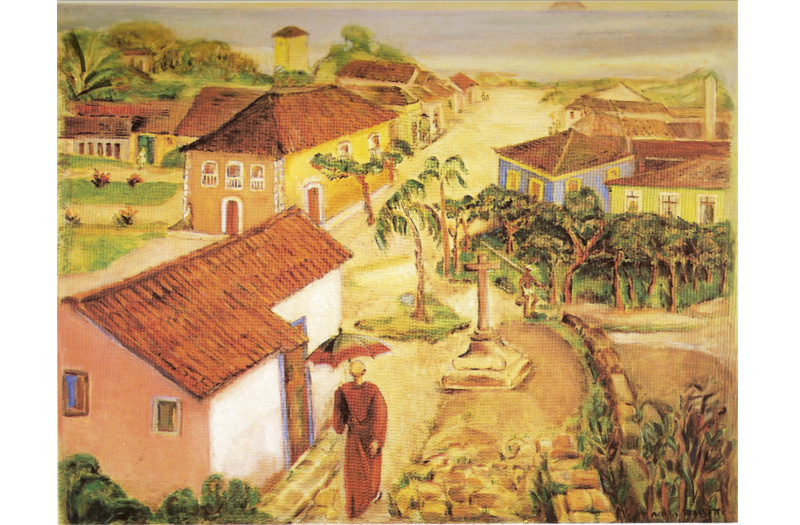
Are you enjoying reading La Modernista?
I’d love to hear your thoughts on the comments or Social Media!
Don’t forget to share this article with someone you think might like it too!
❤
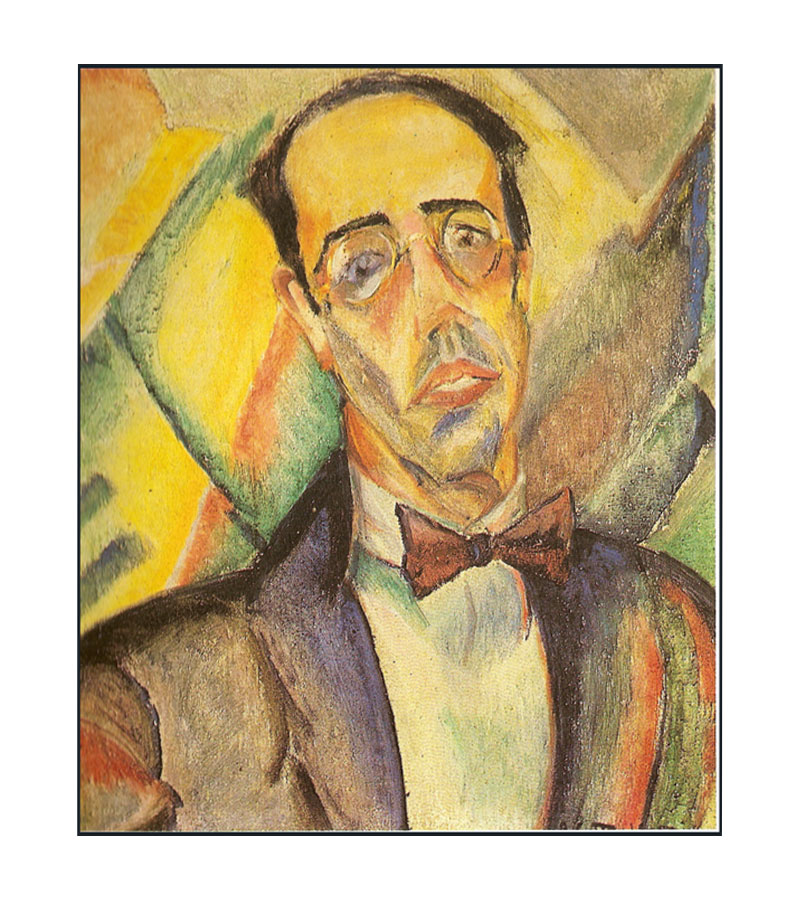
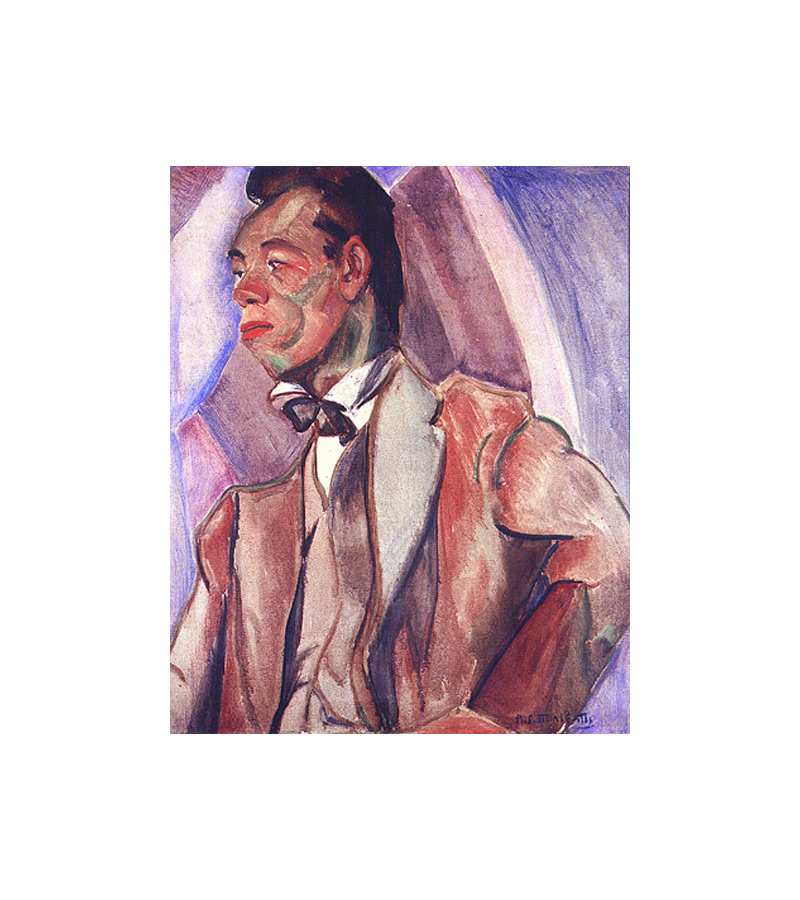

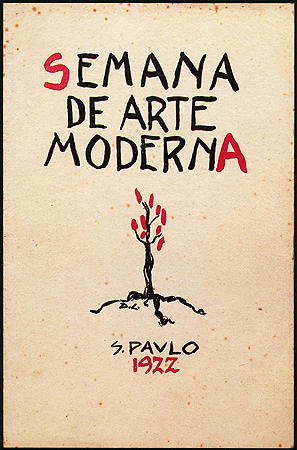
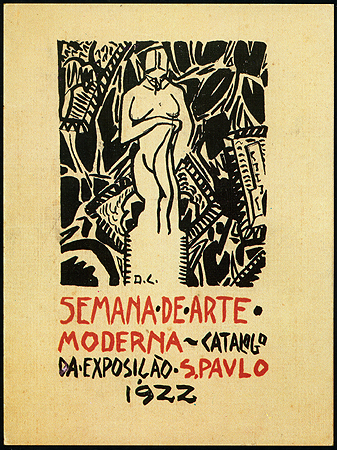
Reblogged this on sketchuniverse and commented:
🇧🇷 💙💛💚 WELL BEAUTIES, I LOVE ANY CREATION MADE IN BRAZIL. ART AND MUSIC SPECIALLY.
LikeLike
Thank you for introducing me to the art of Anita Malfatti. Vivienne.
LikeLike
I’m glad you liked Vivienne! 🙂
LikeLike